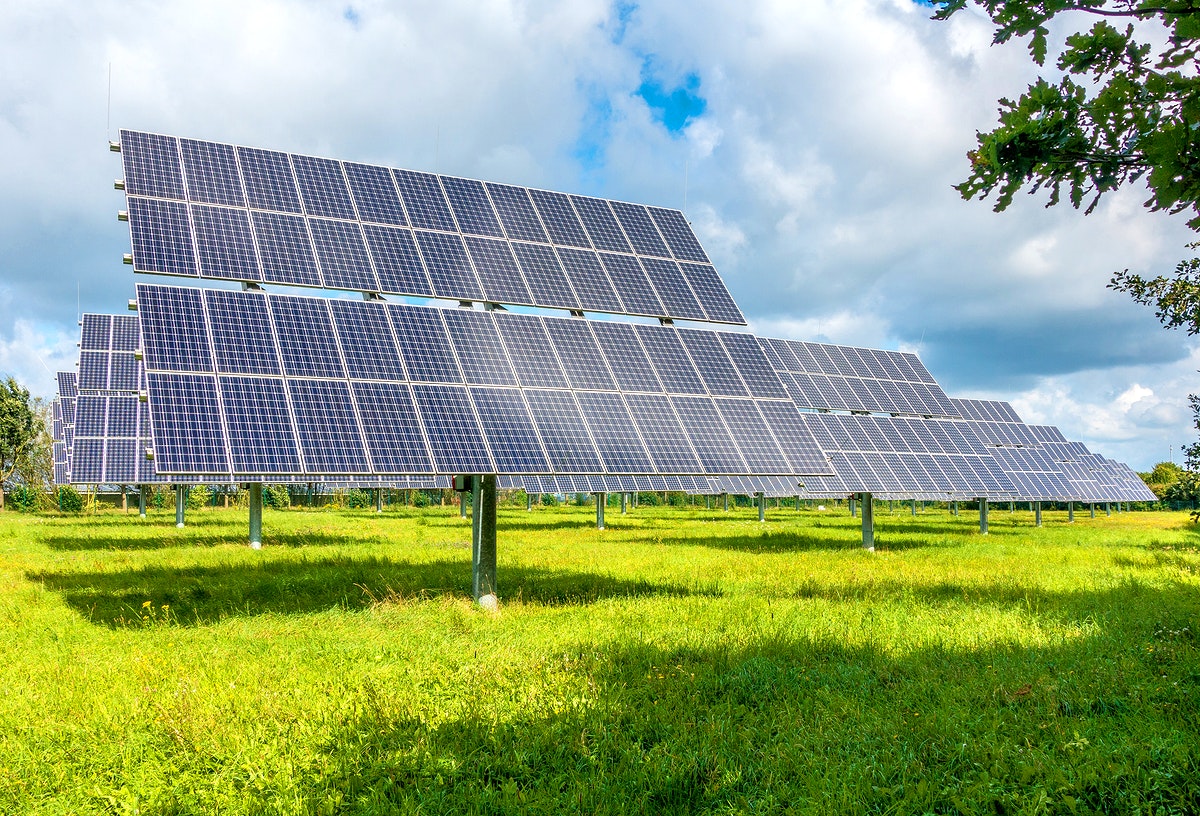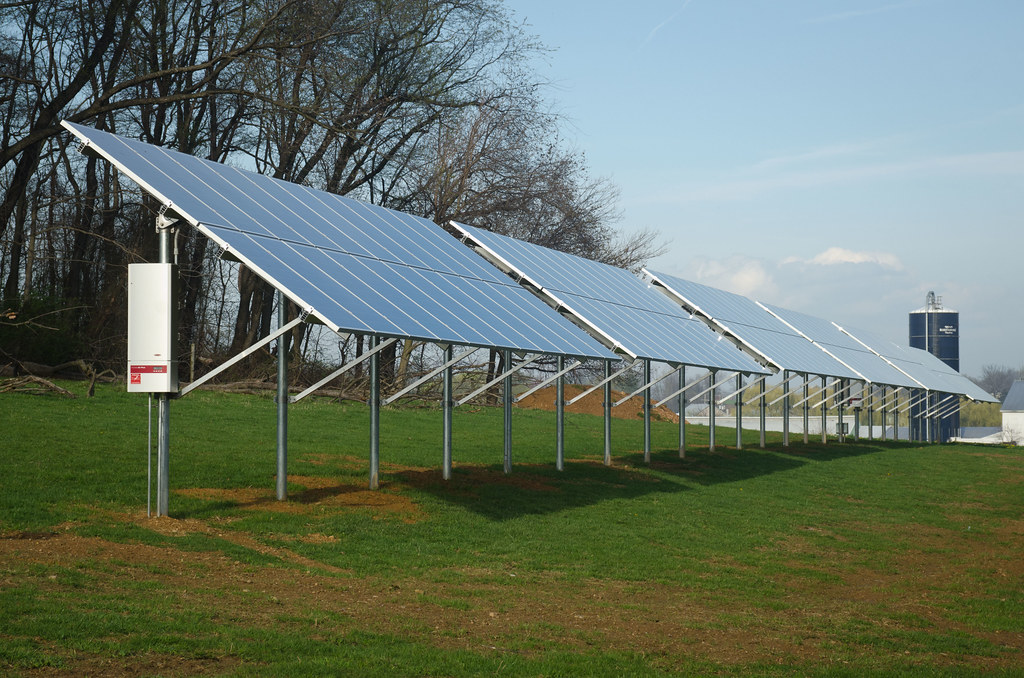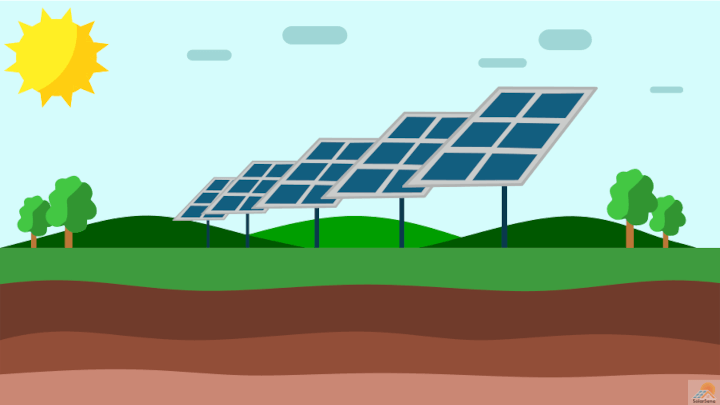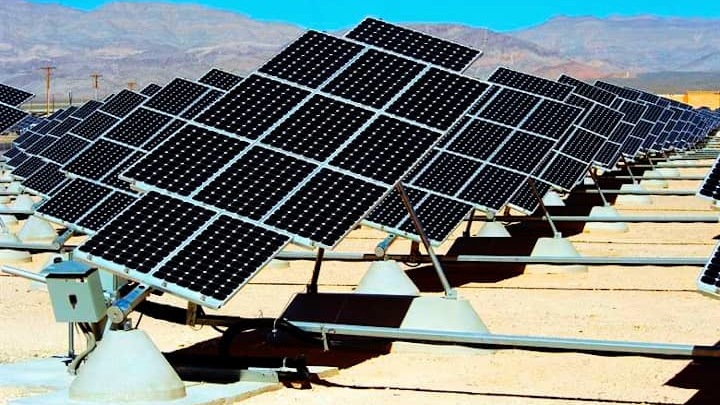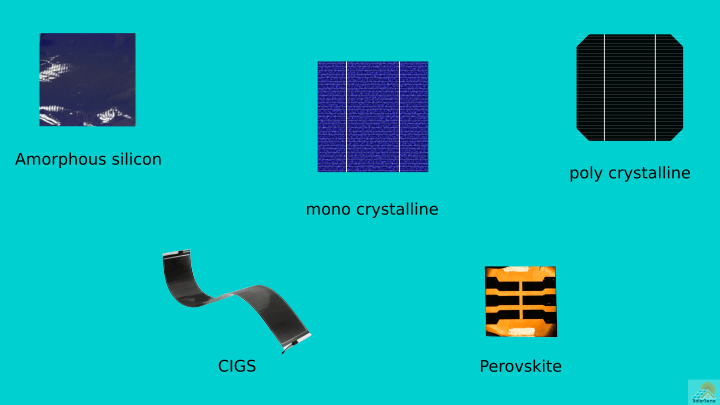Deciding between ground-mounted solar panels or a system on your roof can be tough. Both have pros and cons. You should consider how they’re set up, how they work, and how much they cost. It takes time and effort to weigh the pros and cons of each up. In this article, I make that easier for you. Before splurging on a solar setup, you need to know if it can satisfy your needs. How easy it is to set up also plays a role. Below you’ll read about the installation process. I also share the advantages and disadvantages of choosing a ground-mounted solar setup.
How To Set Up A Ground-Mounted Solar Panel System
Ground-mounted solar systems are much easier to install than roof-mounted ones. The process is also safer. You don’t need to get up the roof to do it. You can get a professional to install your solar panels or do it yourself. The DIY option only includes a few steps. You’ll have an up-and-running solar system in no time.Here’s how you can install and set up a ground-mounted solar panel system yourself!
Step 1: Choose The Best Spot
This step is crucial. If you don’t pick the right location for your panels, they won’t be as efficient. I suggest choosing a spot while keeping these factors in mind:
Space: Solar panels are large and bulky. If you want enough power to provide electricity to your house, you’ll need to install a couple of them. Choose a spot with enough room to accommodate lots of solar panels. The area needs to be available for the foreseeable future.
Sunlight: The most essential ingredient needed to generate solar energy is sunlight. Shaded areas can decrease how much solar power your panels produce. Ensure the spot you choose for your solar panels get direct sunlight throughout the day.
Step 2: Build And Install The Solar Racks
I suggest building a steel rack for your solar panels. It’ll work even better if this allows them to mount at an angle. A solar frame will also make theft harder.
Step 3: Mount The Solar Panels
Mounting the solar panels is relatively easy, depending on what stand you built. Ensure they sit tightly. Theft and strong winds are a big concern. If the racks are sloped, the panels could slide off if you don’t properly secure them.
Step 4: Complete The Electrical Setup
If your solar panels are tight and your racks are stable, you can move on to completing your setup. This final step should be done with caution. Electricity is hazardous. Choose a safe spot to keep your deep-cycle batteries that will store all the power. You have to connect the batteries to the solar panels, but don’t let the wiring lie in the open, especially if you have children or animals. The batteries should then be connected to the DC to AC inverter, making the power usable. Finally, the inverter has to be linked to your house to send the power to your appliances.
The Pros And Cons of Ground-Mounted Solar Panels
The Pros Of Ground-Mounted Solar Panels
Available Space: There’s only so much space on a roof. If you have a large yard, you might be able to install more ground-mounted solar panels. You can also get creative and build a stand that allows multiple panels layered at different angles. If your area is safe, installing solar panels as a fence is another great option!
Increased Efficiency: Rooftops are typically sloped on two sides. This is the best place to install solar panels, but it can limit you. Ground-mounted solar panels can be more efficient if installed in the right spots. You get to choose the direction they face for more sunlight harvesting.
No Permission: You generally need permission from your local Homeowners Association (HOA) before mounting solar panels to your roof. Typically, the same rules don’t apply for ground-mounted ones. Check your state laws to see if you can install these without approval.
Easier to Clean: Getting on the roof to clean your solar panels is a hassle. It’s also dangerous. If your panels are closer to the ground, you won’t need a ladder to reach them. You can keep your panels clean while watering the garden.
Safer: There’s a bigger chance of your house being hit by lightning if solar panels are mounted on your roof. You can eliminate this possibility by mounting them on the ground, away from your home.
Multi-Purpose Possibilities: Ground-mounted solar panels can have many purposes if you lift them from the ground a bit. You can create a shaded parking spot for your car by mounting them high enough. They double excellently as fences or privacy screens.
The Cons Of Ground-Mounted Solar Panels
More Expensive: Mounting solar panels on the ground can cost more. A few extra purchases are involved to keep them upright, secure, and in the right position.
Longer Installation Process: There are some additional steps in the installation process of ground-mounted solar panels. You have to build and install the racks to the surface. Roofs don’t require this. You save time when installing panels on your roof.
Longer Wires: Ground-mounted solar panels are typically set up further from your house. Your system will need longer wires to get the power there. Not only are these more expensive, but they have a higher price tag.
Last Words
There are a few things to keep in mind when deciding if a ground-mounted or rooftop solar setup will work for you. Your budget, available space, and the area you live in are some. Whether you want to install the system yourself or not is another thing to consider. Solar energy is definitely worth it if you live in a sunny place. All you have to worry about is choosing the right setup (and right panel power) for your home. I hope this article helped you make your decision. If you have more questions about mounting solar panels on the ground or on your roof, ask them in the comment section.
